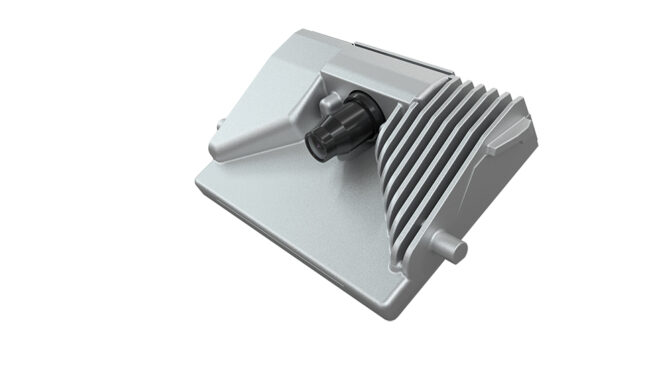
Magna brings next gen front camera to European OEM market
By GlobeNewswire
Automation / Robotics Electronics Engineering automotive camera Europe Magna module next gen transportationGen5 system delivers a scalable, one-box front camera module delivering long range perception and side detection
Magna International Inc. has begun production of its innovative Gen5 front camera module system for a European OEM. The high-volume business award will support various platforms across regions and vehicle models over the next few years. Magna leveraged its market-leading camera expertise and global manufacturing processes to develop a scalable, one-box front camera module which it will supply to the automaker.
The complete forward facing camera system features a wide field of view with opening angles of 120 degrees horizontally and 48 degrees vertically. This allows for both long-range perception of obstacles exceeding 160 meters in front of the vehicle, and detection of side objects, such as traffic lights, emergency vehicles and cut-in vehicles. The camera offers eight megapixels of resolution, a 36 frames per second frame rate and a full colour image. The microcontroller is scalable for sensor fusion with up to five radars.

“We are dedicated to providing cutting-edge solutions and innovations that prioritize safety for all who share the road,” said Sharath Reddy, senior vice president Magna Electronics. “With our latest generation front camera module system, we are advancing driver assistance by offering essential features that keep drivers engaged and provide real-time road insights, equipping them with a comprehensive understanding of their surroundings.”
The system offers features like:
- Trained Park Assist (TPA), a parking automation comfort feature that provides the driver with an option to park the vehicle automatically with a previously learned “park-in” or “park-out” trajectory.
- Environmental Condition Recognition (ECR) that classifies the current condition of road surfaces ahead with respect to wetness or snow coverage for piloted driving functions to control the vehicle.
- Monocular Scene Reconstruction (MSR) which detects the transition of drivable to non-drivable areas. For example, asphalt to grass transitions, construction site delimeters and many more.
- Hazard Detection (HZD), noticing static obstacles on the road upfront to avoid collisions.
